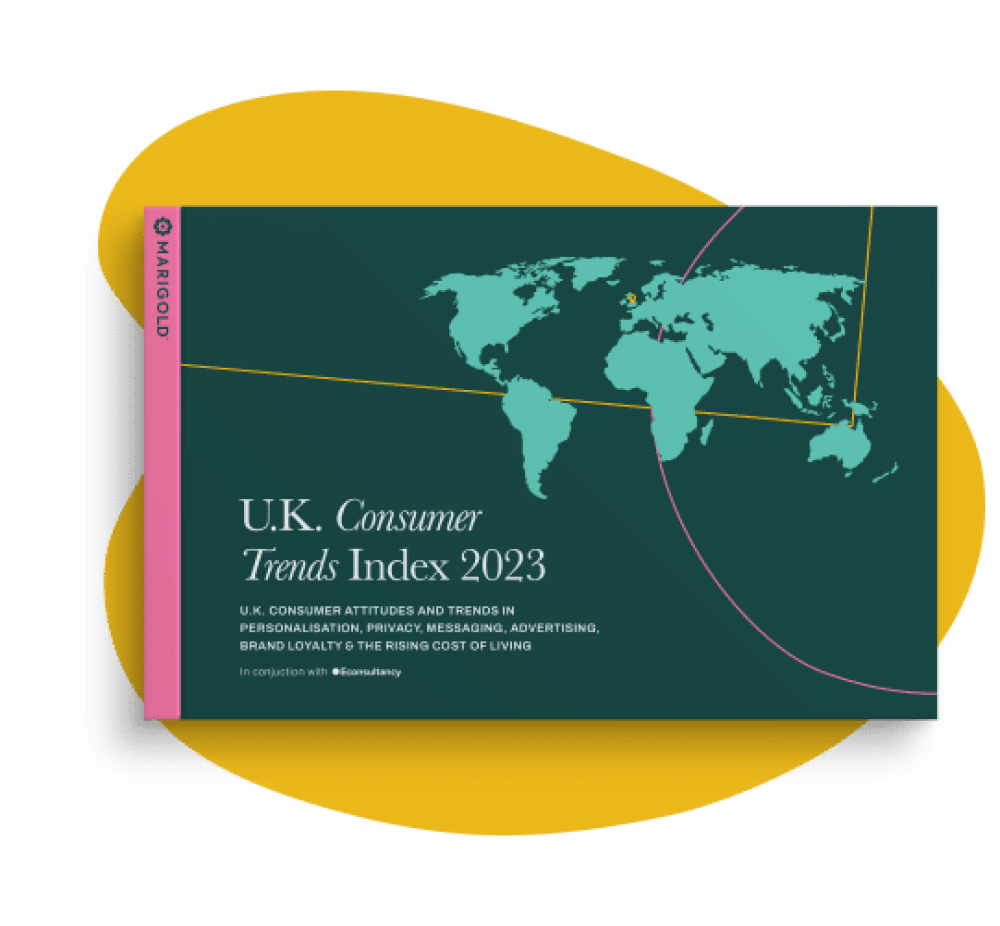The Trends Shaping Consumer Behavior in the U.K.
28 Mar 2023

Over the past three years, U.K. consumers and marketers alike have endured more disruption and transformation to their habits and behaviors than probably the past two decades. As we stride through 2023, we appear to have finally said farewell to many of the restrictions of the COVID-19 pandemic - although the economic effects will be long-lasting and many of the changes in buying behavior it rendered likely permanent.
As we publish this year’s U.K. Consumer Trends Index, the U.K. is on the verge of being the first G7 country to enter recession after the economy stagnated in the last quarter of 2022. The on-going conflict in Russia and Ukraine has resulted in soaring energy and food prices. Political instability with a looming general election cycle have shaken market confidence and seen interest rates rise to combat sky-rocketing inflation. We won’t even mention the B word.
Almost three-quarters of U.K. consumers (73%) are “very pessimistic” about the rising cost of living – 26% higher than global consumers. 72% are “very pessimistic” about the economic outlook, and half (50%) are “very pessimistic” about their personal finances. As a direct consequence, Almost two-thirds of U.K. consumers (62%) will be making less impulsive purchases, with over half extending the research and consideration phase (53%) and 47% holding out more for potential sales.
It’s factors like these that are why we have commissioned The U.K Consumer Trends Index, surveying over 1,000 U.K. consumers, complemented by generational insights and global comparisons to find out the trends and attitudes in personalization, privacy, messaging, advertising, brand loyalty and the rising cost of living.
When it comes to driving sales, email is one of the most effective channels, with over half of U.K. consumers (51%) purchasing a product directly as a result of an email they received in the last 12 months. Millennials, Gen X and Boomers are all at least 38% more likely to make a purchase through email than their Gen Z counterparts. There is a burgeoning adoption of SMS too as a medium for receiving offers and incentives, with 17% buying something directly from SMS.
Of course, marketers need a strategy that leverages all channels, but the ROI from email and SMS is unparalleled — it’s a low-cost, high-value, scalable medium that’s easy to personalize. As marketers own their database, not only are email and SMS converting, but they are also comfortably the most cost-effective, too.
200% — When it comes to driving sales, email outperforms banner ads by 200%
Brand loyalty is on the up, with a staggering 62% of U.K. consumers prepared to pay more to purchase from their preferred brands. Almost two-thirds of consumers (63%) cite the loyalty program of their favorite brand as critically important to winning their lasting loyalty, with merely 7% of consumers thinking that it is not important.
Fully-formed loyalty programs are crucial for brands because they’re oftentimes the entry point into your digital ecosystem, and a frictionless way for you to gather the personal data and preference insights required to deliver better personalization. What’s more, 49% of U.K. consumers intend to up their loyalty program participation this year - 17% higher than consumers from the rest-of-the-world.
62% of U.K. consumers will pay more to purchase from their favored brands
The numbers in this article are merely a taster of what you can expect to find in The U.K. Consumer Trends Index 2023. Download the full report to get all the data and age demographic insights you need to deliver relationship marketing strategies that actually work.





Please login to comment.
Comments